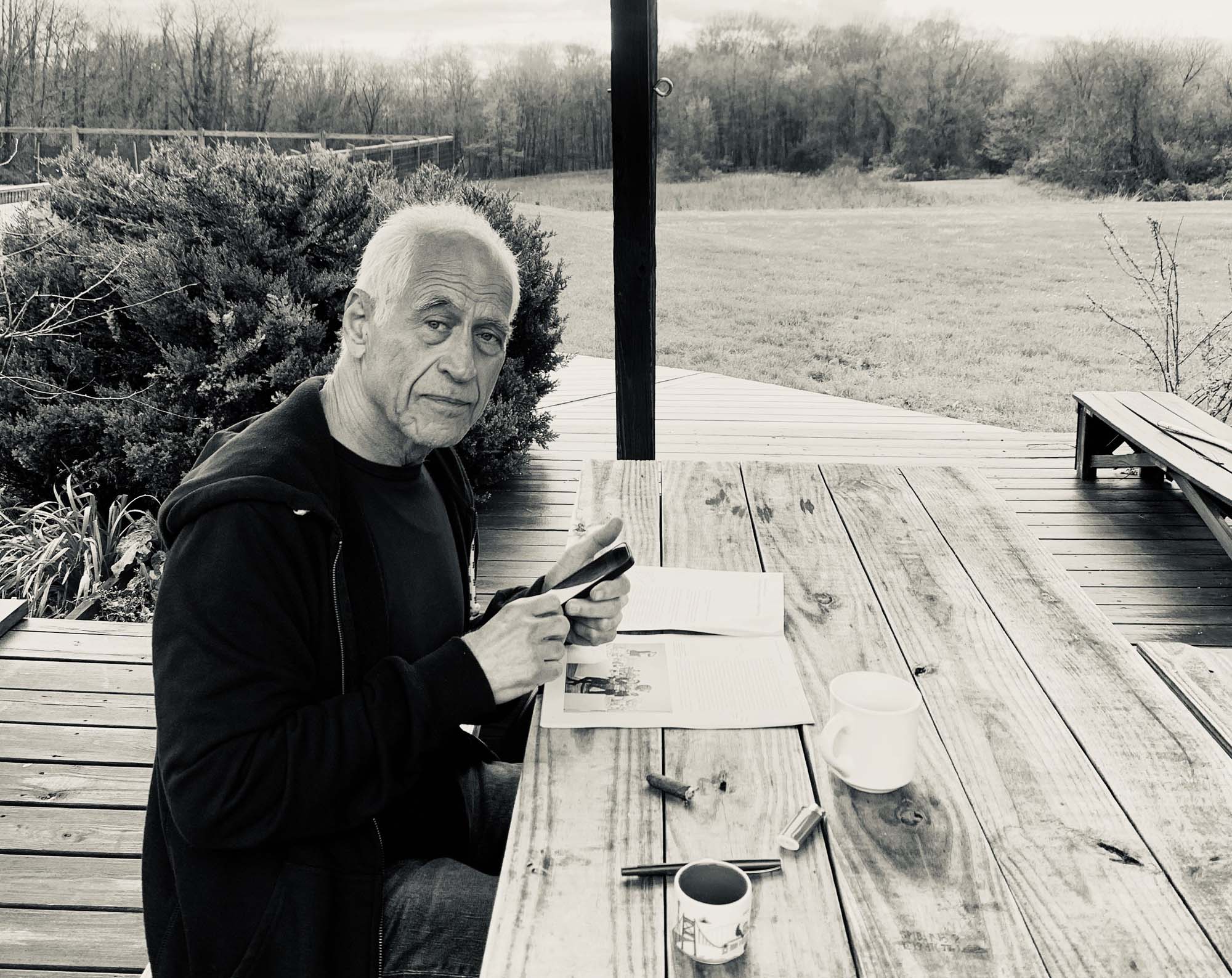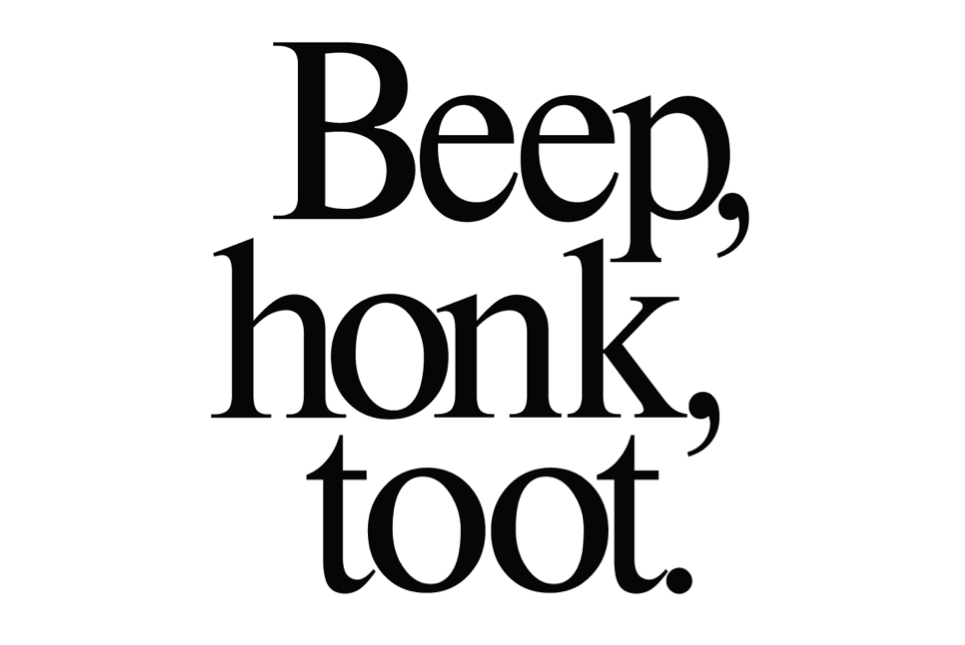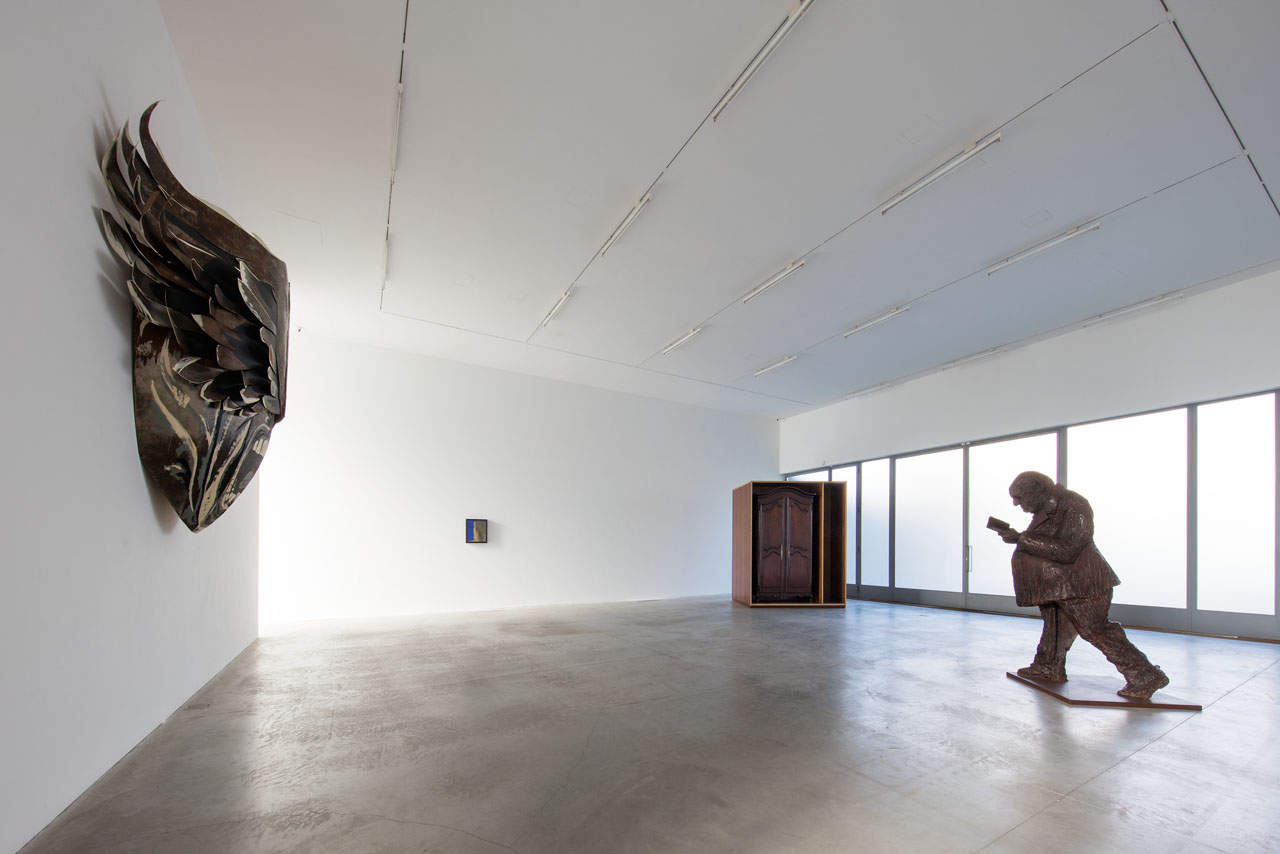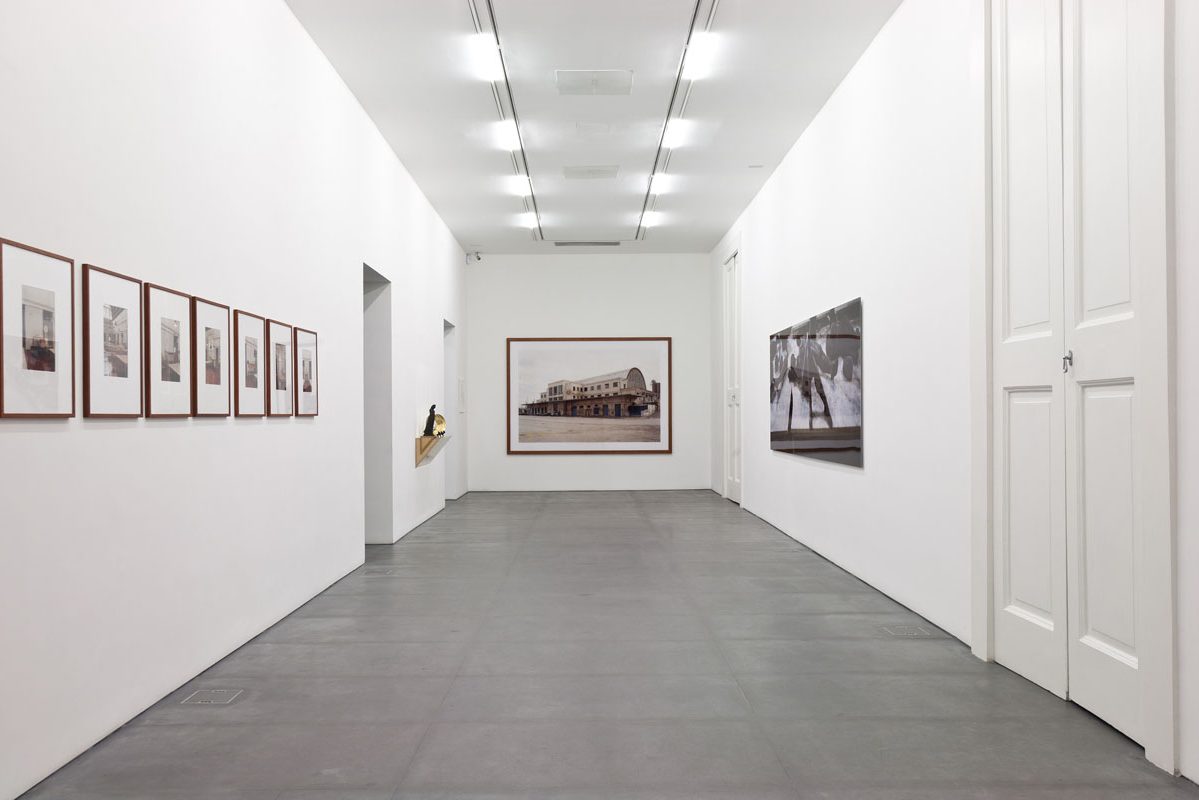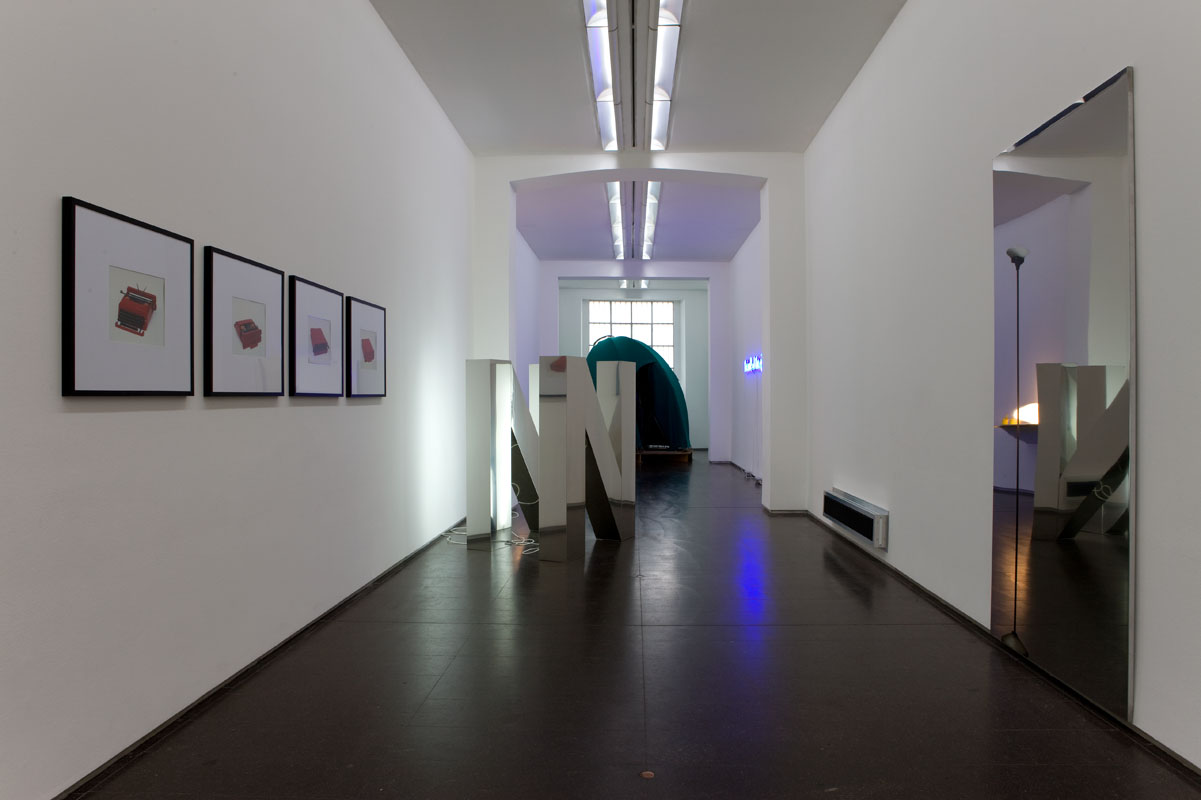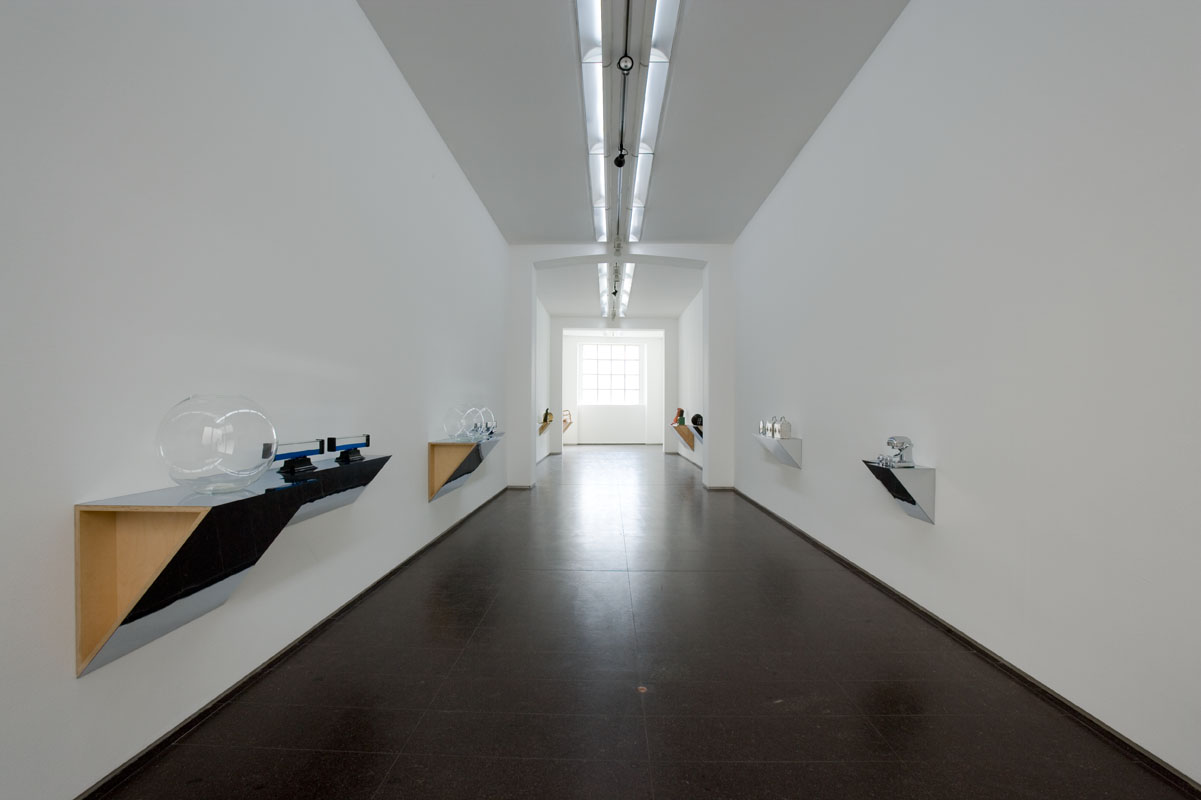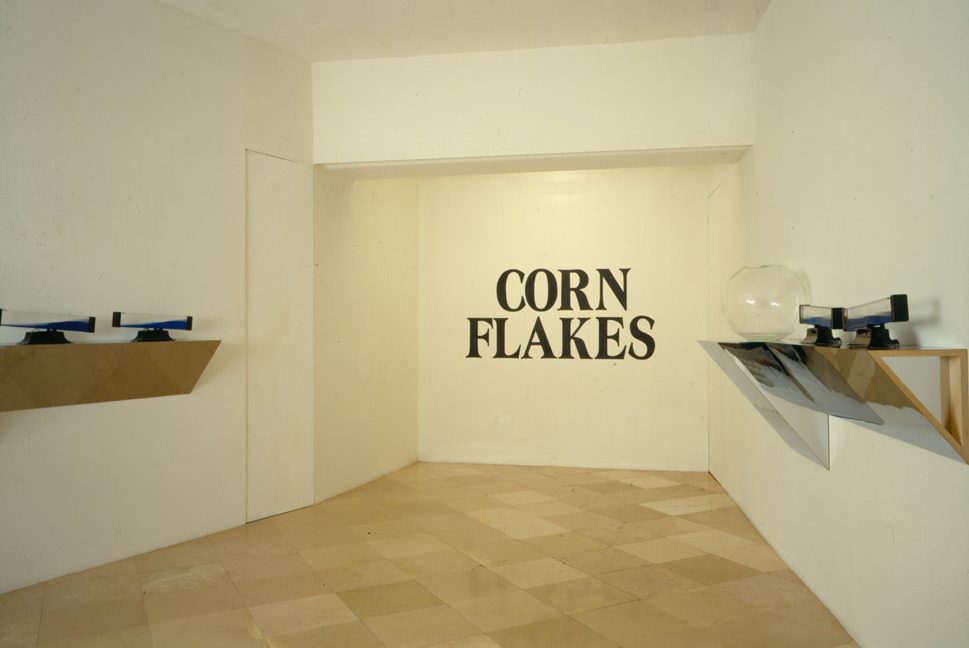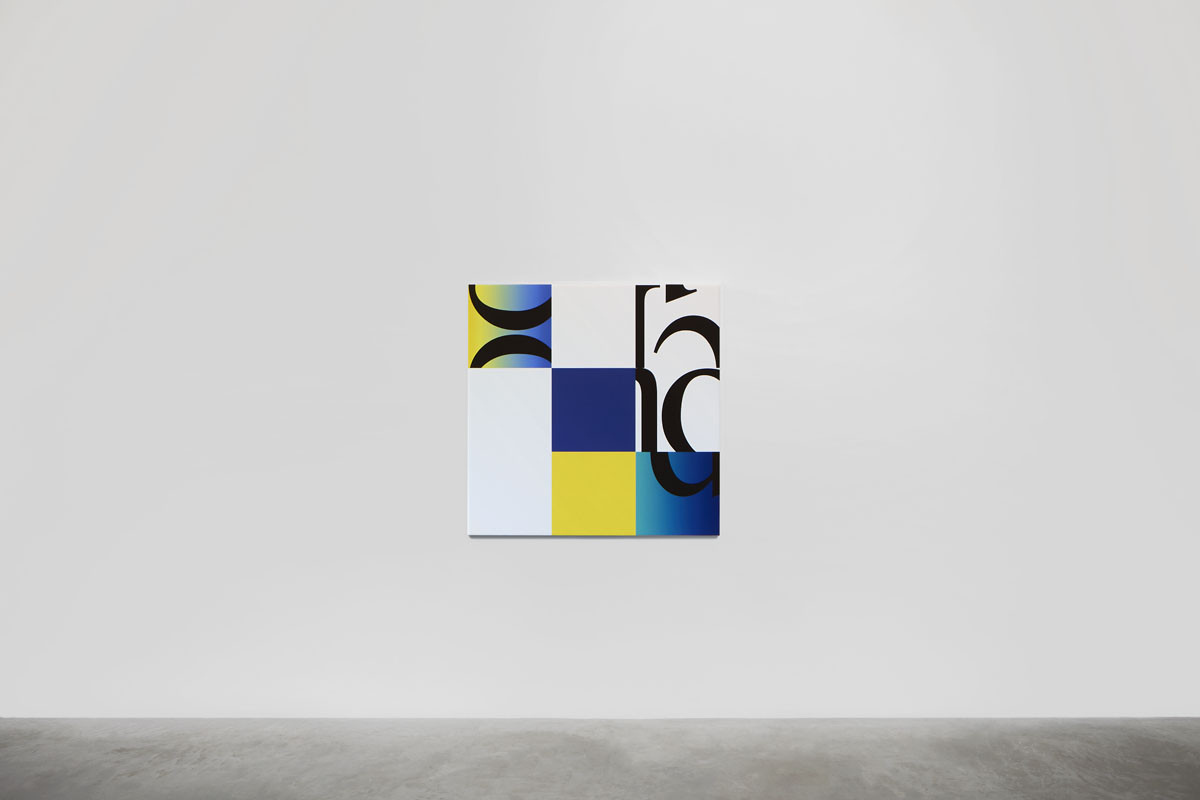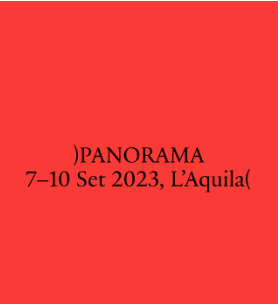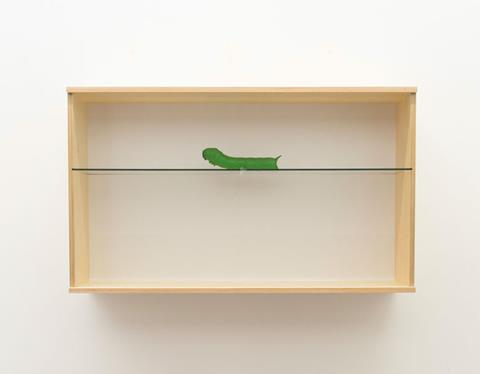Haim Steinbach, is an Israeli/American artist (born 1944) living in New York City. He received a BFA from Pratt Institute in 1968 and an MFA from Yale University in 1973. He is Professor Emeritus at the University of California San Diego.
In 2025 Steinbach will present his first museum exhibition in Belgium at MACS Musée des Arts Contemporains Grand-Hornu. Past solo exhibitions include the Kurhaus Kleve, Germany and Museion, Bolzano (2018/19); The Menil Collection, Houston, Kunsthalle Zürich, and the Serpentine Galleries, London (2014); Hessel Museum at CCS Bard College, New York (2013); Berkeley Art Museum at the University of California, Berkeley (2005); Haus Der Kunst, Munich (2000); mumok-Museum Moderner Kunst, Vienna (1997); Castello di Rivoli Museo d'Arte Contemporanea, Turin (1995); Guggenheim Museum, New York (with Ettore Spalletti) (1993); and CAPC Musée d’Art Contemporain, Bordeaux (1988/89).
Steinbach’s work has also been included in important group exhibitions at the Museum of Modern Art, New York; Centre Georges Pompidou, Paris; Museum of Contemporary Art, Los Angeles; Stedelijk Museum, Amsterdam; The Israel Museum, Jerusalem; UCCA Center for Contemporary Art, Beijing; Victoria and Albert Museum, London; Museum of Contemporary Art Chicago; Documenta IX, Kassel; 5th Biennale d’Art Contemporain de Lyon; and the Venice Biennale 47th International Art Exhibition, curated by Germano Celant.
The artist’s work is in the permanent collections of Tate Modern, London; Museum of Modern Art, New York; The Metropolitan Museum of Art, New York; Magasin III Museum for Contemporary Art, Stockholm; Statens Museum for Kunst, Copenhagen; Städel Museum, Frankfurt; The Art Institute of Chicago; and Castello di Rivoli Museo d'Arte Contemporanea, Turin.

